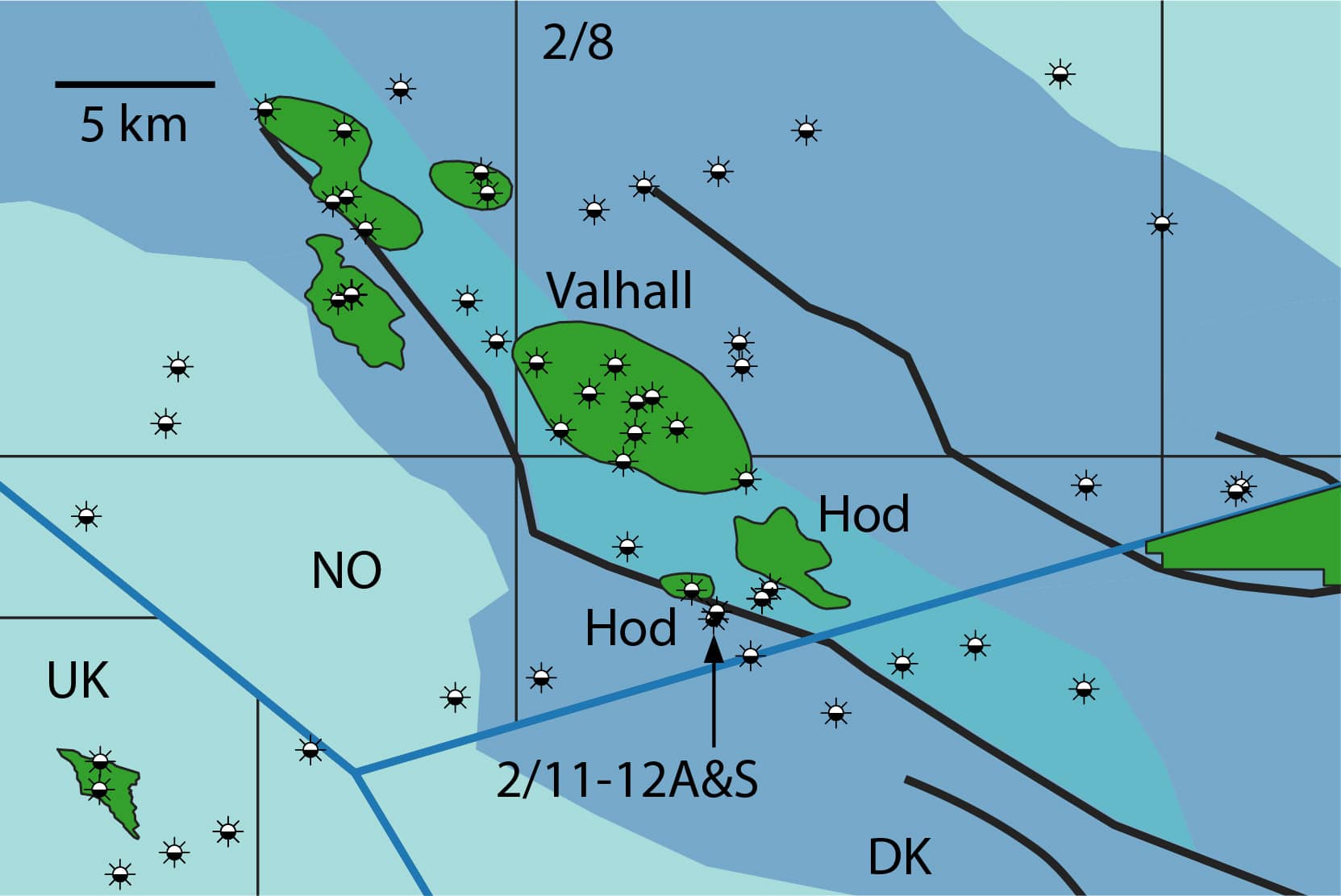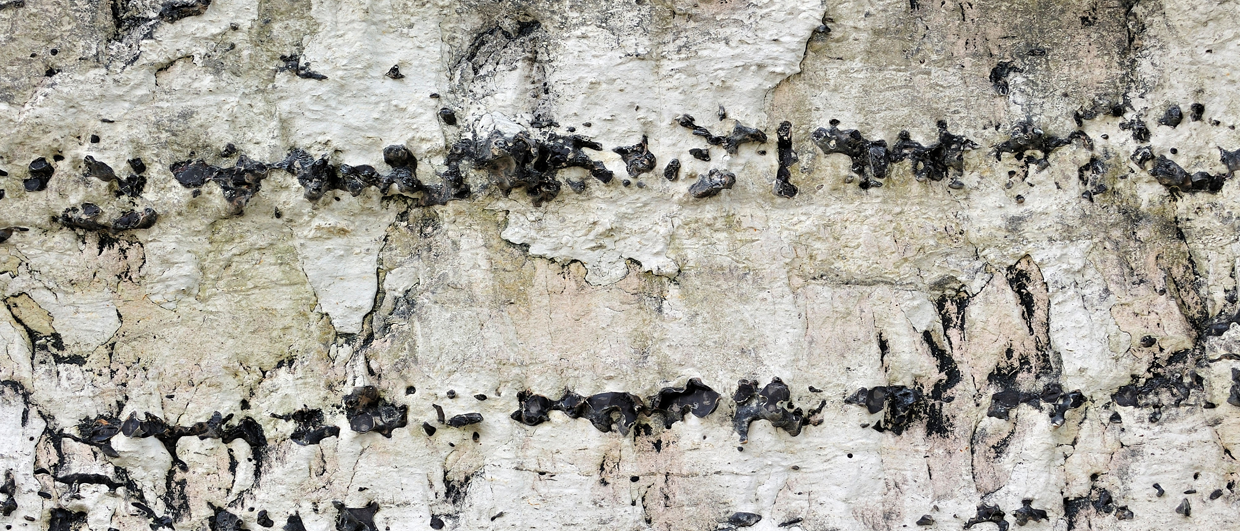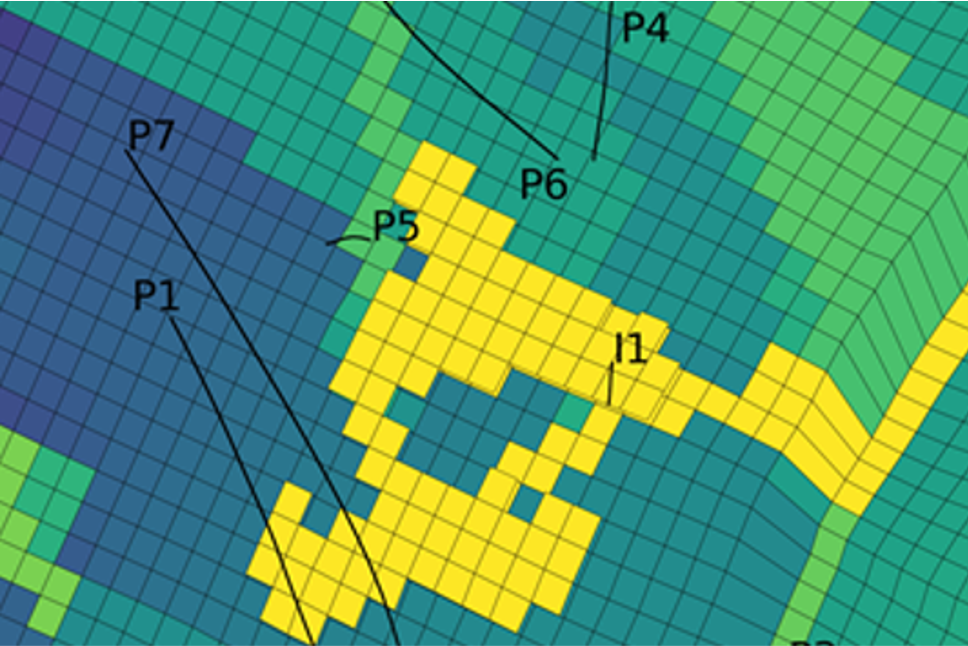The field will be produced from a new unmanned platform (Hod B), operated by Aker BP (90%) and partnered by Pandion Energy (10%). It will be powered from shore, which means virtually zero local CO2 emissions during normal operations. Production start is planned for first quarter 2022 and recoverable reserves are estimated to be around 40 million barrels of oil equivalent.
When the previous Hod wellhead platform was shut down in 2013, just 20 per cent of the resources in place had been produced.
Although some oil continued to be produced from Hod (Saddle) through four wells drilled from the Valhall field to the north, the five new wells with sidetracks to be drilled from the new platform aim to further ramp up production.
It is thought that recoverable reserves amount to around 40 million barrels of oil equivalents. This compares with some 70 million boe in original reserves.
The oil in Hod is produced from the Chalk in the Upper Cretaceous Tor and Hod Formations and the Paleocene Ekofisk Formation. The Tor is extensively fractured and therefore flows more easily than the Hod formation. The field consists of three structures; Hod West, East and Saddle.
The discovery of the Hod field in 1974 ultimately triggered the discovery of the giant Valhall field a little further to the north, as described in this article in GeoExpro.
Disappointing exploration and appraisal
It was only last year that Aker BP drilled two wells 1,5 km southwest of the Hod field to further appraise and test its potential: appraisal well 2/11-12S and wildcat 2/11-12A.
Well 2/11-12S aimed at delineating the western part of the Hod field. The secondary exploration target was to examine a diatomite reservoir in the Miocene Hordaland Group. The well encountered 120 m of Hod Formation Chalk with poor reservoir properties and traces of oil. 200 m of reservoir rocks with poor reservoir properties and traces of oil were encountered in the secondary target in the Hordaland Group. The appraisal well was classified as dry.
The 2/11-12A well was drilled to test reservoirs below the Upper Cretaceous Chalk. It had two targets: Upper Jurassic Eldfisk and Ula formations and the deep Permian reservoir rocks of the Rotliegendes group or older. The well did not encounter a reservoir in the primary exploration target and because it terminated in the Permian Zechstein it failed to test the Rotliegend. In the Lower Cretaceous, a carbonate-rich interval of about 45 m in the Tuxen and Åsgard formations was encountered with traces of oil, but with poor reservoir properties. This well was also classified as dry.
HENK KOMBRINK






